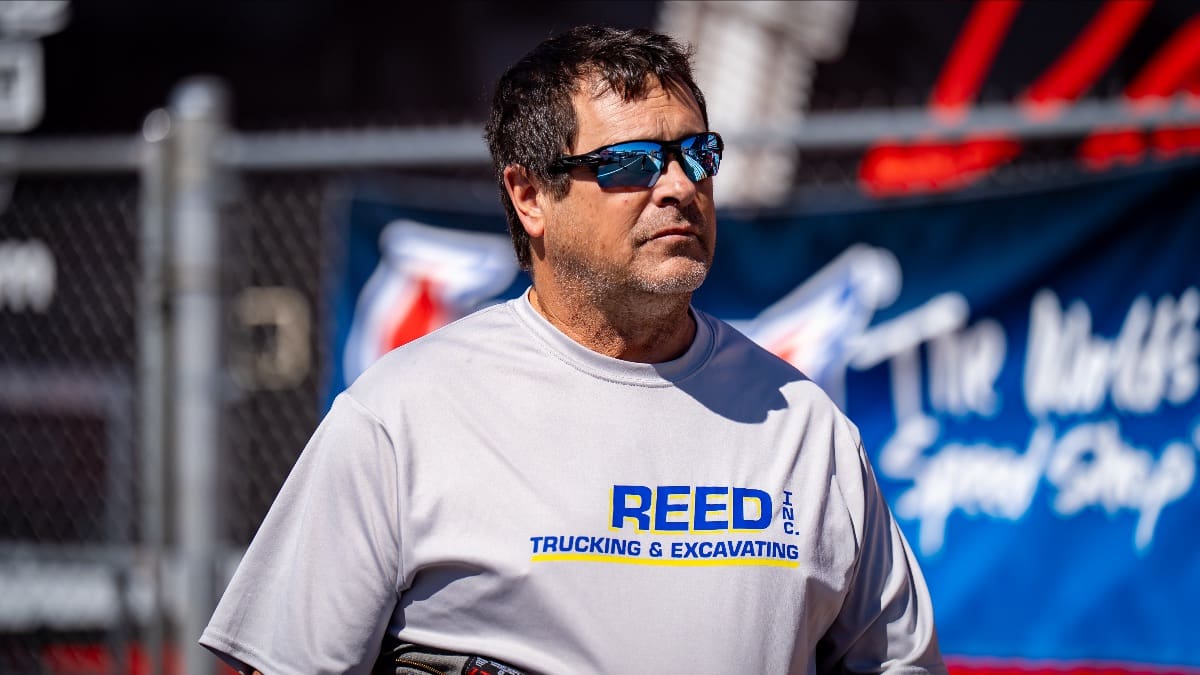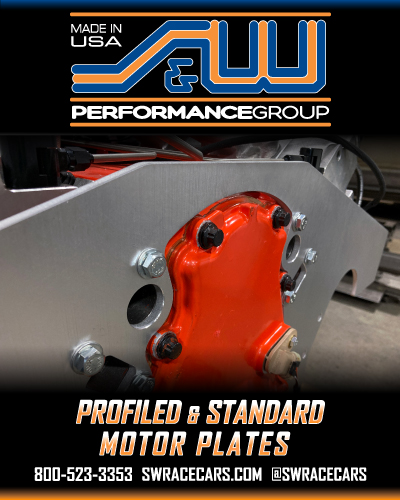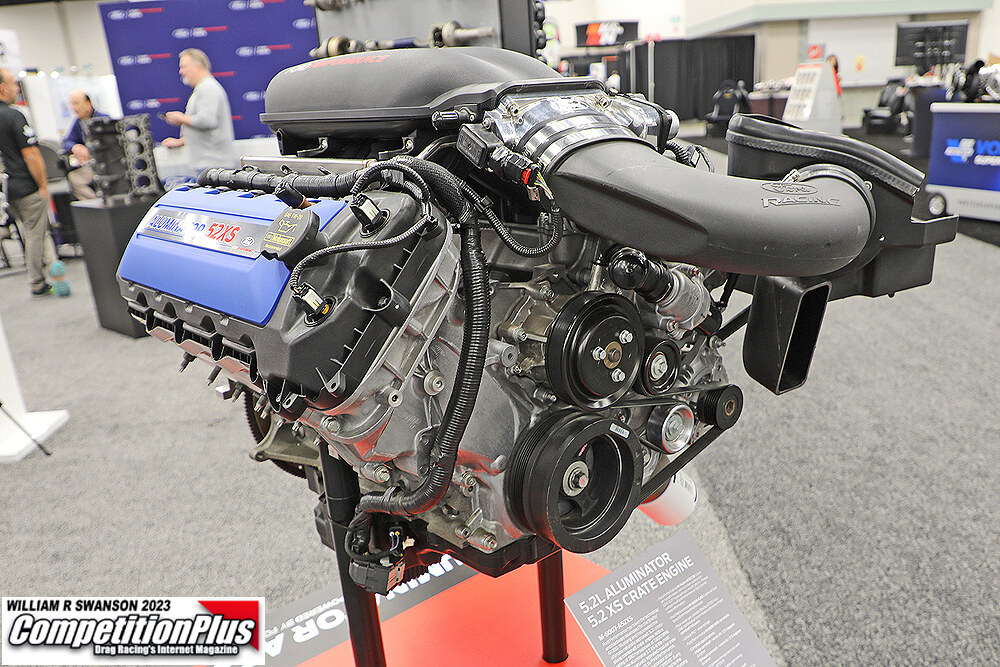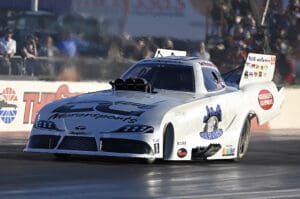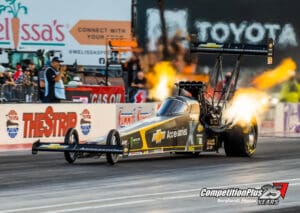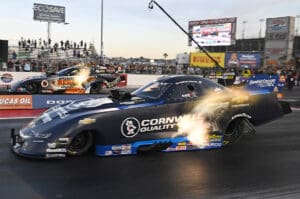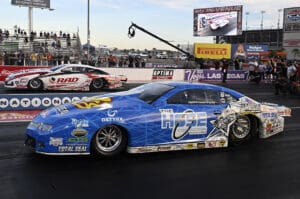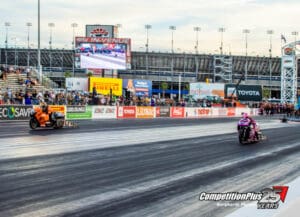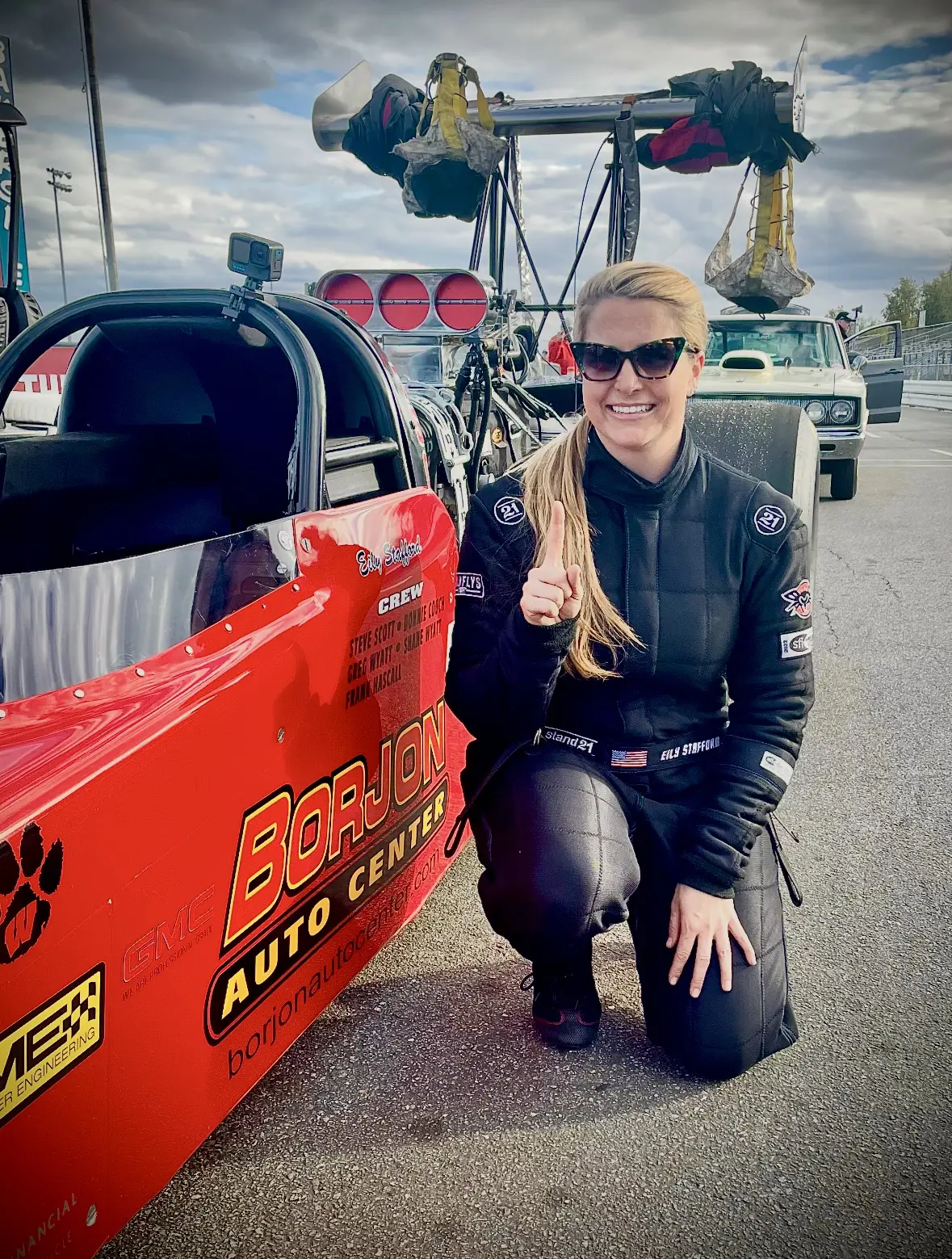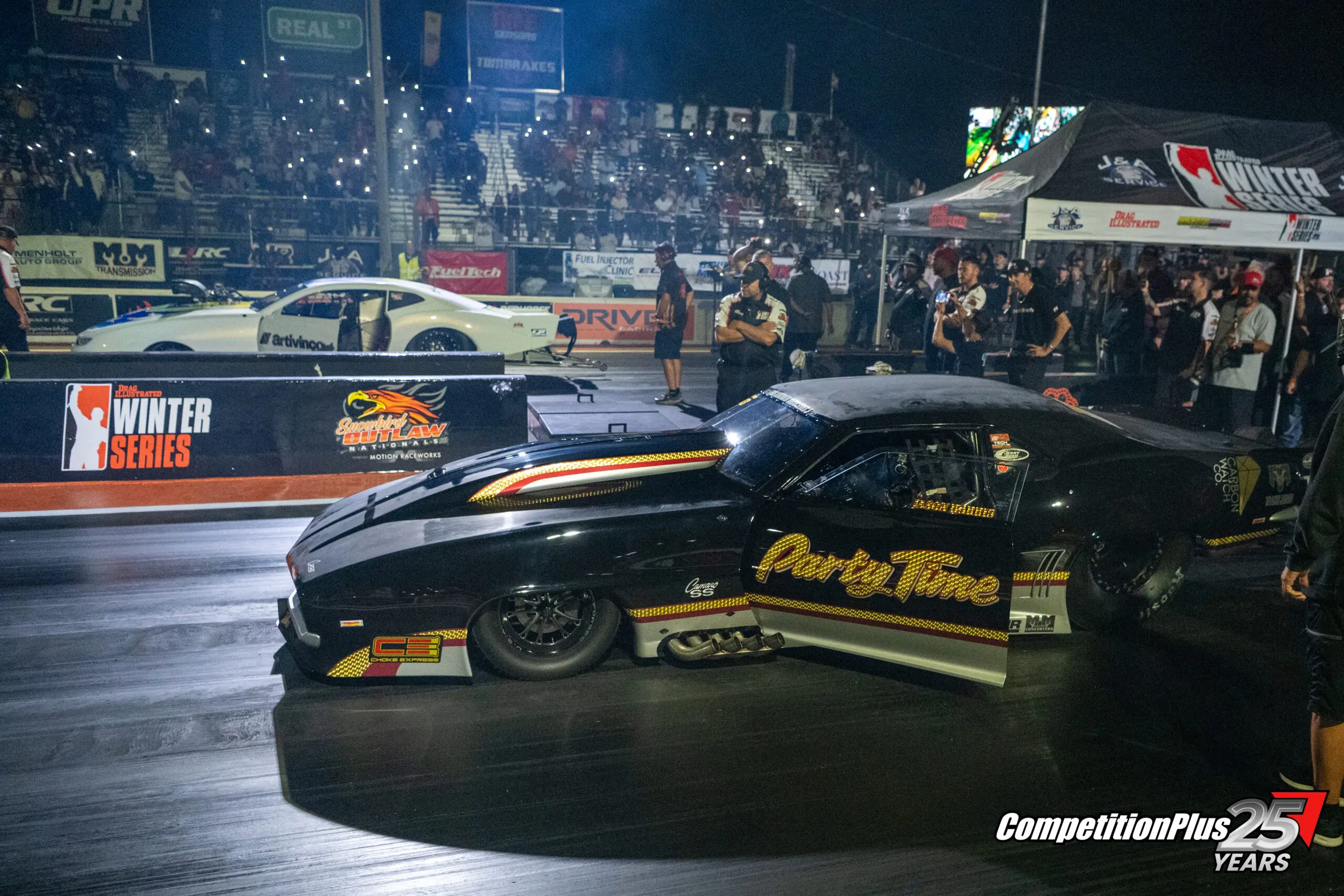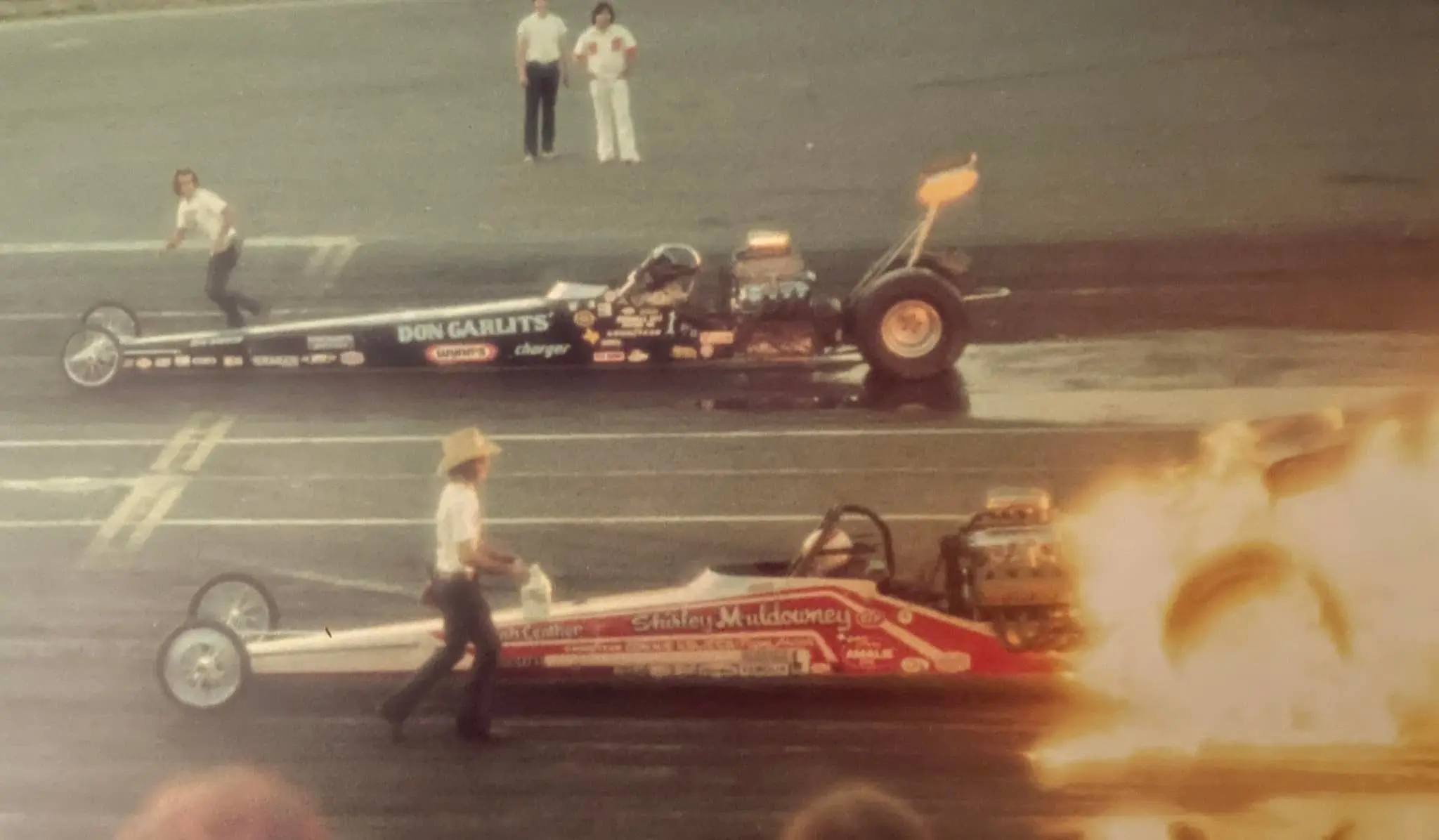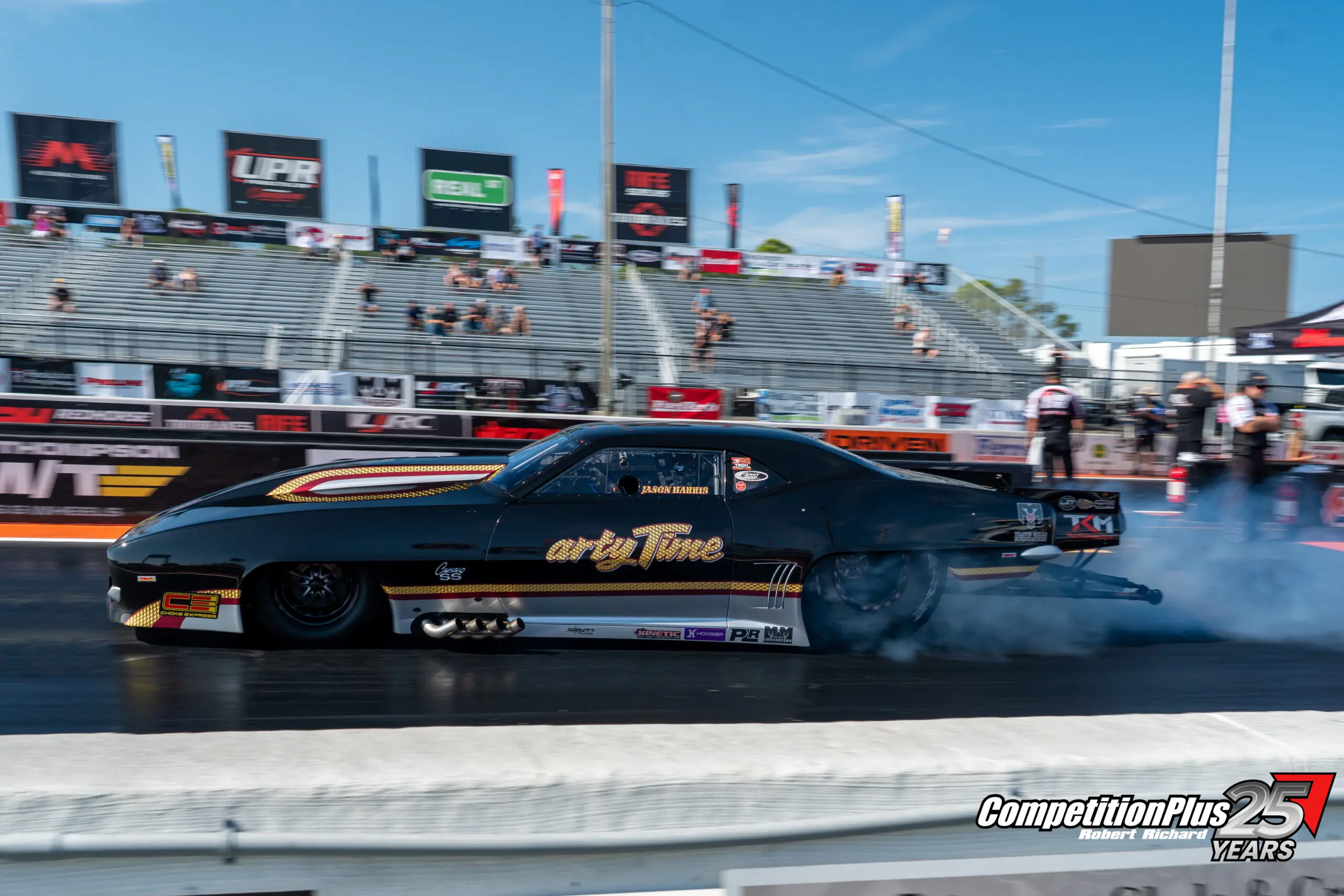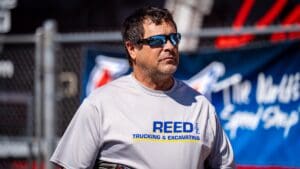Shawn Reed will climb back into the cockpit this weekend at the IHRA Outlaw Nitro Series in Hebron, Ohio, the first time he has raced since a violent crash at the NHRA Northwest Nationals in Seattle left him with fractured ribs and an amputated left index finger. The event is a test run, both physically and mentally, before Reed makes his official return to NHRA competition at next week’s Reading Nationals.
For Reed, the wait has been long and frustrating. Six weeks away from the driver’s seat felt like a lifetime for someone who has spent years competing at over 300 mph. His team pressed on with Jordan Vandergriff in the car, earning enough points to secure a place in the Countdown to the Championship. While Reed was grateful for Vandergriff’s efforts, standing on the sidelines and watching his own dragster make passes without him was a test of patience.
“I’m anxious, man. I’m anxious to get back going again,” Reed said. “I love Jordan Vandergriff, don’t get me wrong, but man, I’m not ready to be an owner quite yet. That’s three, four years down the road, bro.”
Vandergriff, an NHRA on FOX analyst, stepped into the seat for races at Brainerd and Indianapolis. Reed knew he would represent the team well and said he never doubted Vandergriff’s abilities. But the sight of someone else wearing his fire suit carried its own sting, even as the team drew attention for the fill-in driver and managed solid performances.
“He didn’t do a bad job. I knew he wouldn’t. That’s why he was in the car,” Reed said. “We got a lot of media attention over it. Car ran good and another hiccup on Monday morning there first round, but hey, we got a great car, man. The car’s awesome.”
Even with the car running well, Reed admitted that his thoughts keep circling back to the wreck in Seattle. The crash, which happened after a tire failure at nearly 300 mph, changed his season and left him with injuries that required surgery and months of recovery. He acknowledged that the memory will stay with him until he makes his first full pass again.
“My mental state is yeah, I’m looking forward, but I’m looking… It’s hard to forget about the past. It’s hard to forget about that wreck,” Reed said. “Everybody asks me, ‘Are you going to be thinking about that?’ Yeah, man. I’m going to get to 800 feet and I’m going to hope my tires don’t blow out. I’m going to hope my parachutes come out and I slow down and turn off the track. That’s what I’m hoping for. I’m a race car driver.”
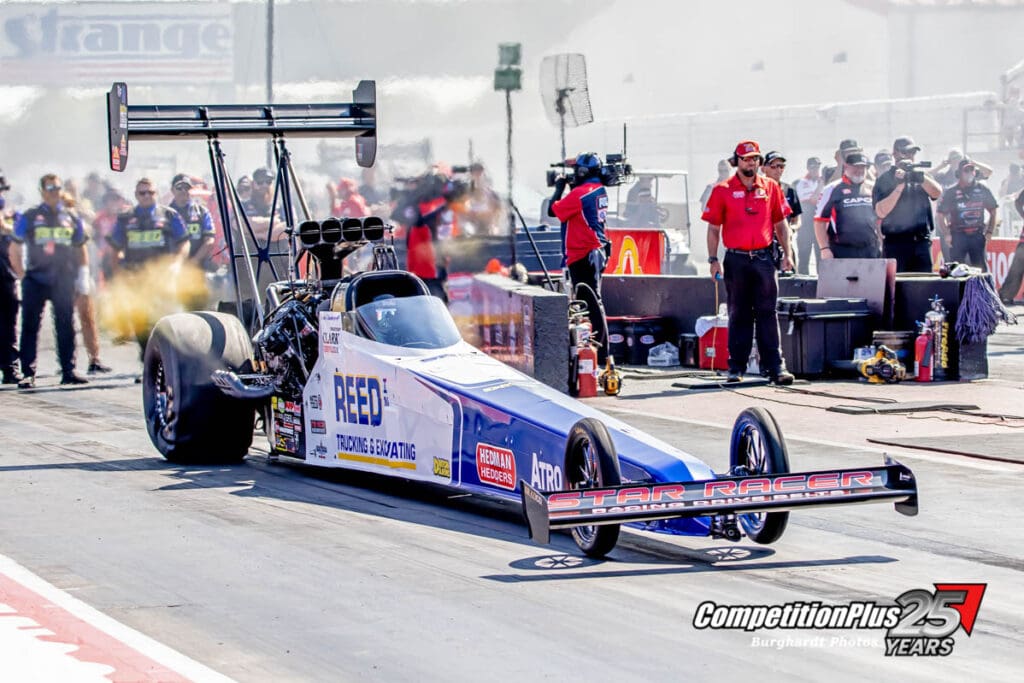
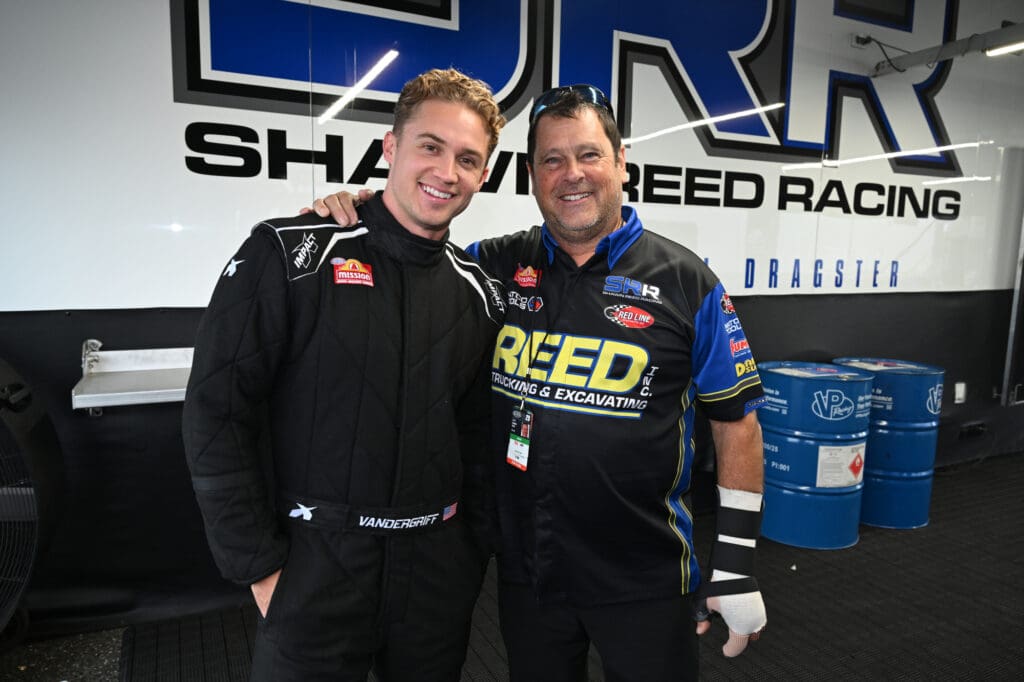
He said he expects the nerves will disappear the moment the car leaves the starting line. “I will think of that wreck until that car starts,” Reed said. “And I promise you, I won’t think about that wreck again until I’m turning off the end of the track and getting out of the car. So it’s kind of in your blood. You either have it or you don’t. And if you’re scared of it, you probably shouldn’t be getting into the car. And I’m not scared of it.”
The IHRA event offers Reed a chance to rebuild confidence in an environment with no championship points at stake. It also gives him the chance to measure his healing against the demands of a 12,000-horsepower dragster. The Ohio race has drawn a reputable field, including Doug Foley, Todd Paton, Scott Palmer, Jasmine Salinas, and Larry Dixon, making it a meaningful test of both performance and readiness.
“The IHRA, they’re putting up some pretty good cash and just over there turning out, so it should be some competitive cars over there,” Reed said. “It’ll be good for me to sit in the seat where we’re trying out a different steering wheel, kind more what J.R. Todd uses. It’s a whole different steering wheel than the traditional butterfly. And my wrist and hand is maybe 60%, so we’re just going to go over there and try to get comfortable and make sure I’m real comfortable for Reading, which is the NHRA stuff.”
Reed said his hand is steadily improving, though swelling and stiffness remain daily challenges. Doctors have told him it will take months to fully heal. He admitted the recovery has been a humbling process, reduced at times to celebrating small milestones like gripping a towel.
“My left hand’s still pretty swollen. It’s going to be swollen for six months or a year. A lot of trauma happened inside that little sucker,” he said. “I can hold up a towel, which was hard to do for the first five weeks, so it’s getting better every single week.”
In addition to the changes to his hand, Reed has incorporated new safety equipment. He will wear a chest protector borrowed from Robert Hight, another veteran who dealt with rib injuries. The device, combined with a reconfigured steering wheel, will help absorb strain while giving Reed peace of mind.
“It hurt to cough and sneeze for a while there,” Reed said. “Ryan Elliott actually got a hold of Robert Hight and got his chest protector that he wore when he had his incident, and I’ll be wearing that this weekend, and probably the rest of the season. We feel well-prepared in all aspects for my return, but this weekend should hopefully just solidify that decision.”
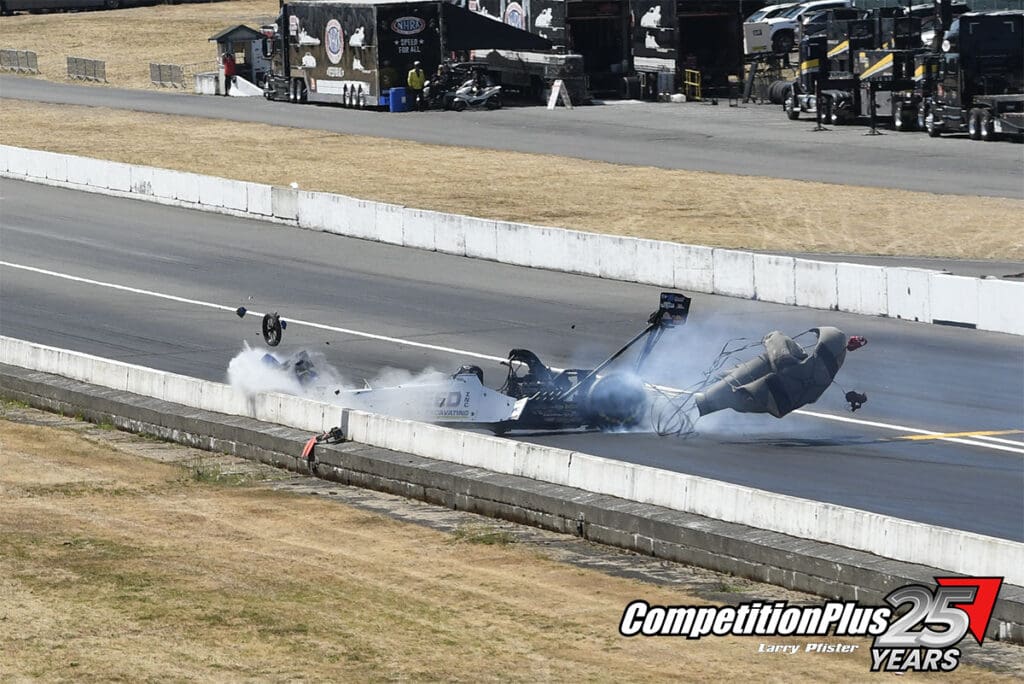
Reed has also leaned into rehabilitation with purpose. He has deliberately practiced driving with his left hand in everyday situations, testing himself while behind the wheel of his personal vehicle. The idea, he said, is to regain trust in the hand through repetition, even in ordinary tasks.
“I’m driving the Indy right now in my Range Rover, and I’ve got my left hand on the wheel and I’m driving with my left hand and I’m driving down the road fine,” he said. “I know it’s not a 300 mile an hour dragster, but it’s still, I’m using my left hand right now, which is pretty dang cool.”
The reality of phantom pain has added another challenge. The nerves where his index finger once was now send false signals, sometimes locking up his remaining fingers or causing sharp discomfort. Reed said the sensation is both painful and frustrating, though he remains determined to adapt.
“Phantom pain is a real deal, I promise you,” Reed said. “The nerves that attach that are now gone in that finger that cross over into the middle finger and into the thumb, that’s something that’s going to take six months or a year for the mind to kind of heal. I think I’m moving my middle finger and I’m trying to move the finger that’s not there anymore, and it fights and it kind of locks up right now.”
Despite the challenges, Reed emphasized that he will not push himself beyond what is safe. If at any point this weekend he feels unable to control the car properly, he said he will park it and let Vandergriff take over in Reading.
“If I don’t feel I can do it and drive properly and control the car, I won’t run the car. We’ll load it back with the trailer and if I don’t improve then we’ll put Jordan back in the car in Reading,” he said.
Reed credits the safety improvements of the last two decades for saving his life. He said that without innovations such as stronger chassis construction, better restraints, and improved helmets, his wreck in Seattle might have ended much differently.
“I’m so lucky, all the safety stuff in that car, probably 15 years ago I would’ve never made it out of that wreck,” Reed said. “The Medlen’s, all the John Force crashes, all the stuff that they designed saved me, man. Yeah, my bell was rung, but I’m still on this planet Earth I’ll tell you.”
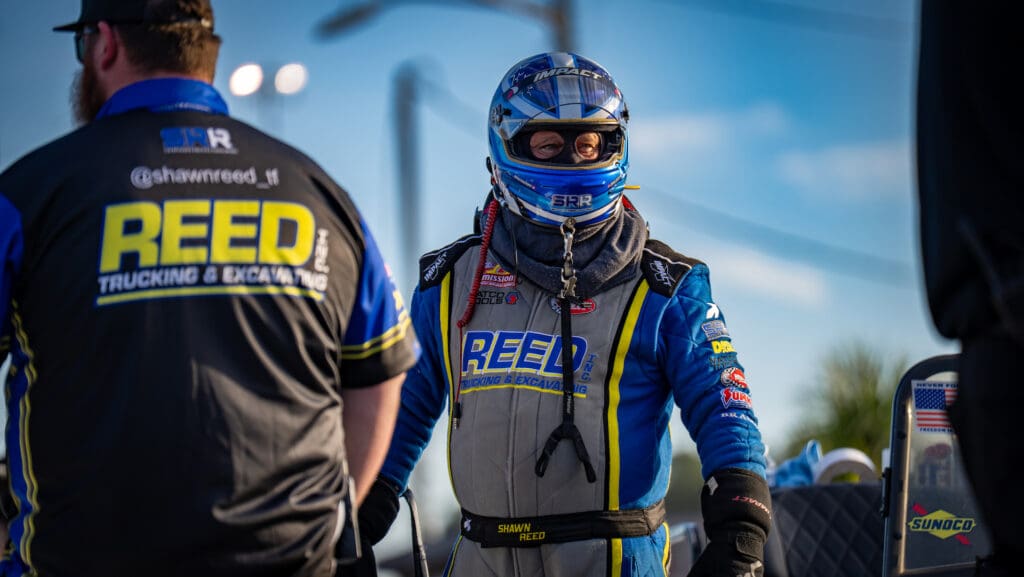
Reed has also leaned into rehabilitation with purpose. He has deliberately practiced driving with his left hand in everyday situations, testing himself while behind the wheel of his personal vehicle. The idea, he said, is to regain trust in the hand through repetition, even in ordinary tasks.
“I’m driving the Indy right now in my Range Rover, and I’ve got my left hand on the wheel and I’m driving with my left hand and I’m driving down the road fine,” he said. “I know it’s not a 300 mile an hour dragster, but it’s still, I’m using my left hand right now, which is pretty dang cool.”
The reality of phantom pain has added another challenge. The nerves where his index finger once was now send false signals, sometimes locking up his remaining fingers or causing sharp discomfort. Reed said the sensation is both painful and frustrating, though he remains determined to adapt.
“Phantom pain is a real deal, I promise you,” Reed said. “The nerves that attach that are now gone in that finger that cross over into the middle finger and into the thumb, that’s something that’s going to take six months or a year for the mind to kind of heal. I think I’m moving my middle finger and I’m trying to move the finger that’s not there anymore, and it fights and it kind of locks up right now.”
Despite the challenges, Reed emphasized that he will not push himself beyond what is safe. If at any point this weekend he feels unable to control the car properly, he said he will park it and let Vandergriff take over in Reading.
“If I don’t feel I can do it and drive properly and control the car, I won’t run the car. We’ll load it back with the trailer and if I don’t improve then we’ll put Jordan back in the car in Reading,” he said.
Reed credits the safety improvements of the last two decades for saving his life. He said that without innovations such as stronger chassis construction, better restraints, and improved helmets, his wreck in Seattle might have ended much differently.
“I’m so lucky, all the safety stuff in that car, probably 15 years ago I would’ve never made it out of that wreck,” Reed said. “The Medlin’s, all the John Force crashes, all the stuff that they designed saved me, man. Yeah, my bell was rung, but I’m still on this planet Earth I’ll tell you.”
The experience taught him a lasting lesson about what to do in a split second of crisis. “I lost a finger. And I’m going to be honest with you, that was my first wreck in anything I’ve ever driven in my life, and I had 1.1 seconds to let go of that wheel,” he said. “I guarantee you next time, I’m letting go of that wheel because now I know what it feels like. You do not want to be hanging onto that wheel when you hit the wall.”
As Reed heads to Columbus, his goals are straightforward: regain confidence, gather seat time, and prepare himself for the opening race of the Countdown at Reading. He knows he has the car and team to contend, but first he needs to prove to himself that his hand can handle the demands of a 330-mph run.
“I want to change my number. I don’t want that number 10 in 2026,” he said. “I want something other than 10, and I’m going to be the one to do it.”
Still, Reed has found humor in his situation. Fitted for a special three-finger glove this week, he joked that he now owns the rarest piece of safety gear in the pits. “Dude, I’m the only one with a three-finger glove,” Reed said with a laugh. “Don’t ask to borrow my gloves. It just ain’t going to work.”





